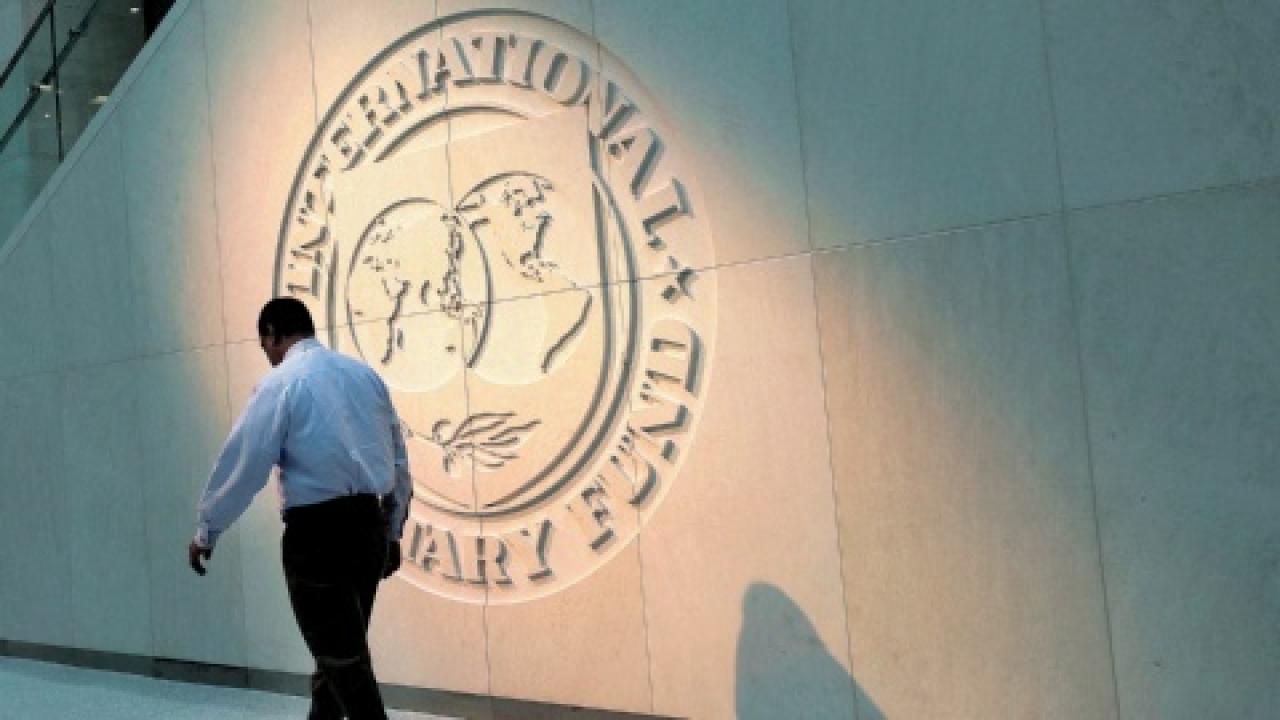
This decision was expected, given the authorities' previous intention not to request a new LCF agreement based on the evolution of external risks.
The Peruvian authorities have notified the International Monetary Fund (IMF) of their intention to allow the current Flexible Credit Line (FCL) agreement, approved by the IMF Executive Board on May 27, 2022, to expire on May 26, 2022. 2024 and not request a consecutive LCF agreement.
This decision was expected, given the authorities' previous intention not to request a new LCF agreement based on the evolution of external risks.
Peru's initial LCF agreement for 600% of the quota was approved by the IMF Executive Board in May 2020, shortly after the onset of the global COVID-19 pandemic, with the aim of providing a strong signal, an extra cushion liquidity and insurance against external shocks in a context of high risks.
Peru reduced its access to 300% of the quota in the subsequent agreement approved in May 2022 amid an improvement in international reserves and lower external financing needs, in line with the authorities' strategy of gradually exiting the instrument, when external conditions allow it.
During this time, Peru has treated both agreements under the FCL as precautionary and has maintained abundant international reserves, low debt levels, and a prudent fiscal position.
In May 2023, at the time of the review of the current LCF agreement, the Peruvian authorities reiterated their intention not to request a new LCF agreement depending on the evolution of external risks.
At the conclusion of the 2024 Article IV Consultation, on May 20 of this year, and in a context of reduced external risks and ample international reserves, the IMF Executive Board praised the Peruvian authorities for efficient economic management, despite to the context of political instability, social conflicts and natural disasters in the country.
He also noted that maintaining very strong institutions and policies would reinforce and further strengthen Peru's resilience against external risks.
According to IMF projections, the Andean country's economic growth should recover this year to reach 2.5%. It represents the return to more positive figures after the impact of El Niño, a phenomenon that caused serious droughts in South America.
In addition, Peruvian inflation should go from 6.3% annually in 2023 to 2.3% this year. Peru has a sufficient level of monetary reserves, a weak external debt and "prudent" budget management, according to the IMF, which highlights a fiscal deficit of just 1.5% of GDP in 2023.
WHAT IS THE TAX CREDIT LINE?
Originally created in 2009, the FCL is an IMF instrument designed for crisis prevention and mitigation by offering eligible members the flexibility to use the line of credit or treat it on a precautionary basis.
Disbursements are not staggered or conditional on meeting any policy objectives, as in traditional IMF-supported programs.
The LCF is available to eligible countries with strong foundations, institutional frameworks and a track record of policy implementation.
This is a revolving line of credit, which can be approved for one or two years. There is no limit on access to the Fund's resources under the LCF, and access is determined on a case-by-case basis.
It should be noted that Peru has been a member of the IMF since 1945 and has a quota of approximately US$ 1,761 million.










